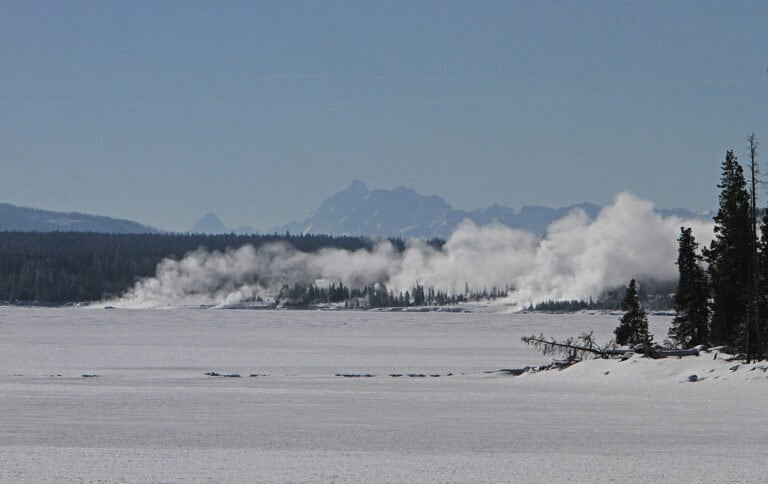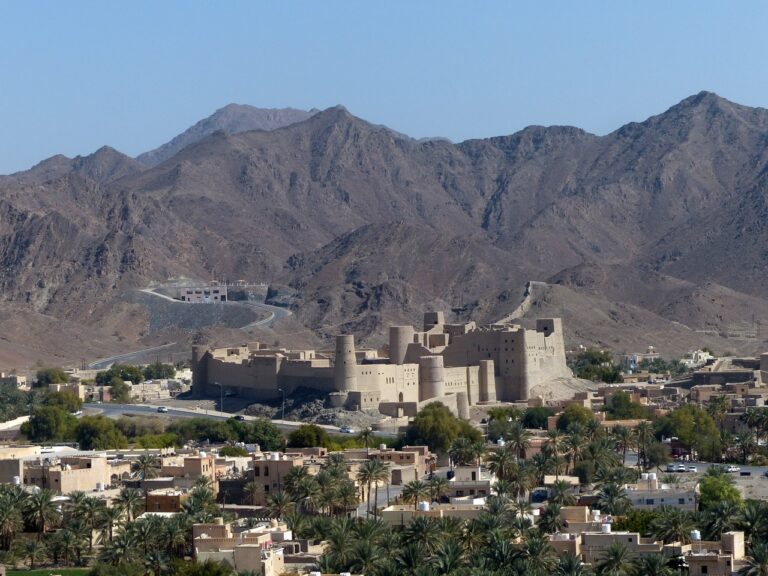What Is the Best Time to Visit Hampi?
The best time to visit Hampi is during the winter months of October to February, when the weather is mild and pleasant, making it ideal for outdoor activities and sightseeing. With average temperatures ranging from 15°C to 25°C, this period is perfect for trekking, rock climbing, and cycling. Cultural festivals and events take place throughout the city during peak season, but expect longer queues and higher prices for accommodations. For a more authentic experience, consider visiting during off-peak season or exploring the ruins early morning or late evening, when the atmosphere is serene and the views are breathtaking – and discover more secrets Hampi has in store.
Weather Conditions in Hampi
Located in the southern Indian state of Karnataka, Hampi's weather is characterized by a tropical savanna climate, with three distinct seasons: summer, monsoon, and winter. The summer season, which runs from March to May, is hot and dry, with temperatures often reaching 40°C (104°F). The monsoon season, from June to September, brings heavy rainfall and humidity, making it challenging to visit the outdoor ruins. The winter season, from October to February, is the most pleasant, with mild temperatures and low humidity, making it an ideal time for sightseeing. Understanding Hampi's weather patterns is essential for planning a successful trip, allowing visitors to prepare for the conditions and make the most of their time in this ancient city.
Peak Tourist Season in Hampi
During the winter months of October to February, Hampi experiences a surge in tourist traffic, making it the peak season for visitors to discover this ancient city. The pleasant weather, with average temperatures ranging from 15°C to 25°C, makes it ideal for exploring the ruins and monuments. This is the best time to take part in outdoor activities like trekking, rock climbing, and cycling. The peak season also brings a vibrant atmosphere, with cultural festivals and events taking place throughout the city. Expect longer queues and higher prices for accommodations, but the energy of the crowd adds to the excitement of exploring Hampi's rich history and architecture.
Best Time to Avoid Crowds
If you prefer a more serene and peaceful experience in Hampi, it's essential to plan your visit strategically. Travelling during the off-peak season or opting for weekday visits can substantially reduce the crowds, allowing you to fully absorb the rich history and beauty of this ancient city. By doing so, you'll be able to wander the ruins and temples at your own pace, taking in every detail without the chaos and noise of large tourist groups.
Off-Peak Season Travel
One of the best-kept secrets to discovering Hampi is to plan your visit during the off-peak season, when the crowds are thinner and the experience is more immersive. This typically falls between April to June and September to November, when the temperatures are still comfortable and the monsoon season hasn't begun. During this time, you'll have a better chance to wander the ruins at your own pace, take stunning photographs without photobombs, and engage with the local guides without distractions. Additionally, you may be able to snag better deals on accommodations and tour packages. Bask in the tranquility and make the most of your Hampi adventure during the off-peak season.
Weekday Visits
Beyond the benefits of off-peak season travel, visiting Hampi on weekdays offers an added layer of serenity, allowing you to delve deeper into the ancient city's mysteries without the distractions of weekend crowds. With fewer tourists, you can take your time to appreciate the intricate carvings, majestic temples, and sprawling ruins. Weekday visits also provide a more authentic experience, as you're more likely to interact with locals and gain insight into their daily lives. Take advantage of the peaceful atmosphere to capture stunning photographs or indulge in a leisurely stroll along the Tungabhadra River. By visiting Hampi on a weekday, you'll experience the historical site at its most serene and majestic.
Monsoon Season in Hampi
During monsoon season, Hampi's ancient ruins are rejuvenated by the heavy downpours, transforming the arid landscape into a lush, vibrant oasis. The air is fresh, and the temperature cools down, making it ideal for wandering the vast ruins.
- Lush landscapes: The rains bring new life to Hampi's parched landscape, making it a photographer's paradise.
- Cooler temperatures: The mercury dips, making it comfortable to wander the ruins without the scorching sun beating down.
- Fewer tourists: You're likely to have the ancient city almost to yourself, allowing for a more immersive experience.
- Mystical atmosphere: The misty atmosphere adds to the mystique of Hampi's ancient temples and structures, making for an unforgettable experience.
Winter Weather in Hampi
Winter is an ideal time to visit Hampi, with the weather offering a rejuvenating respite from the scorching heat of the summer months. During this season, Hampi experiences cool mornings and evenings, accompanied by mild daytime temperatures that make outdoor exploration a joy. With low humidity levels, winter is the perfect time to soak in the rich history and architecture of this ancient city.
Cool Mornings and Evenings
Frequently, the winter months in Hampi bring a welcome respite from the scorching heat, with crisp mornings and evenings that are ideal for exploration. The cool air invigorates the senses, making it perfect for outdoor activities like trekking, cycling, or simply taking a leisurely stroll around the ancient ruins.
Here are some experiences you can indulge in during the cool mornings and evenings in Hampi:
- Watch the sunrise over the majestic Vitthala Temple, casting a golden glow over the landscape.
- Take a peaceful walk along the Tungabhadra River, surrounded by lush greenery and historic monuments.
- Practice yoga or meditation amidst the serene surroundings, rejuvenating your mind and body.
- Enjoy a romantic dinner under the starry night sky, with the ancient city as your backdrop.
Mild Daytime Temperatures
One of the greatest advantages of visiting Hampi in the winter months is the mild daytime temperatures, which make it an ideal time to discover the ancient city's numerous attractions without the burden of sweltering heat. Daytime temperatures during winter range from 25°C to 28°C (77°F to 82°F), creating a comfortable atmosphere for sightseeing. This pleasant weather allows visitors to wander Hampi's temples, ruins, and monuments without feeling exhausted or drained. The gentle warmth also makes it perfect for outdoor activities like hiking, cycling, or simply taking a leisurely stroll around the historic site. With the sun shining brightly, winter is an excellent time to capture stunning photographs of Hampi's breathtaking landscapes and architectural wonders.
Low Humidity Levels
In addition to the pleasant daytime temperatures, Hampi's winter weather is characterized by low humidity levels, which further augment the overall comfort and enjoyment of discovering this ancient city. The dry air makes it ideal for outdoor activities, allowing you to fully immerse yourself in the rich history and architecture of Hampi. Low humidity levels improve your experience in several ways:
- Breathable air: No sticky sweat or exhaustion from high humidity, allowing you to wander without fatigue.
- Vibrant colors: The dry air preserves the vibrant colors of the ancient structures, making them even more breathtaking.
- Crystal-clear skies: Enjoy unobstructed views of the surrounding landscape and stunning sunsets.
- Invigorating walks: Take leisurely strolls through the ruins, feeling refreshed and energized throughout your journey, and truly appreciating the beauty of Hampi.
Summer Heat in Hampi
Hampi's summer temperatures can soar to a scorching 40°C (104°F) during the peak months of April and May, making it essential to plan accordingly to avoid heat exhaustion. It's vital to stay hydrated by drinking plenty of water and avoiding strenuous activities during the hottest part of the day. Wearing light, breathable clothing and a hat can also help protect you from the sun's intense rays. Additionally, consider visiting ancient ruins and monuments early in the morning or late in the evening when the temperatures are slightly more bearable. By taking these precautions, you can still have a safe and enjoyable trip to Hampi during the summer months.
Ideal Time for Outdoor Activities
While the summer heat in Hampi can be unforgiving, the early morning and late evening hours offer a welcome respite, making them ideal times for outdoor activities. The gentle breeze and soft sunlight create a serene atmosphere, perfect for exploring the ancient ruins and temples. Take advantage of these cooler hours to indulge in outdoor pursuits like:
- Sunrise treks to Anjanadri Hill or Matanga Hill for breathtaking views of the landscape.
- Cycling tours through the scenic routes and rural villages surrounding Hampi.
- Rock climbing in the boulder-strewn landscape, a thrilling adventure for enthusiasts.
- Yoga sessions at sunrise or sunset, harmonizing with nature and rejuvenating the spirit.
These activities will leave you feeling invigorated and connected with the natural beauty of Hampi.


